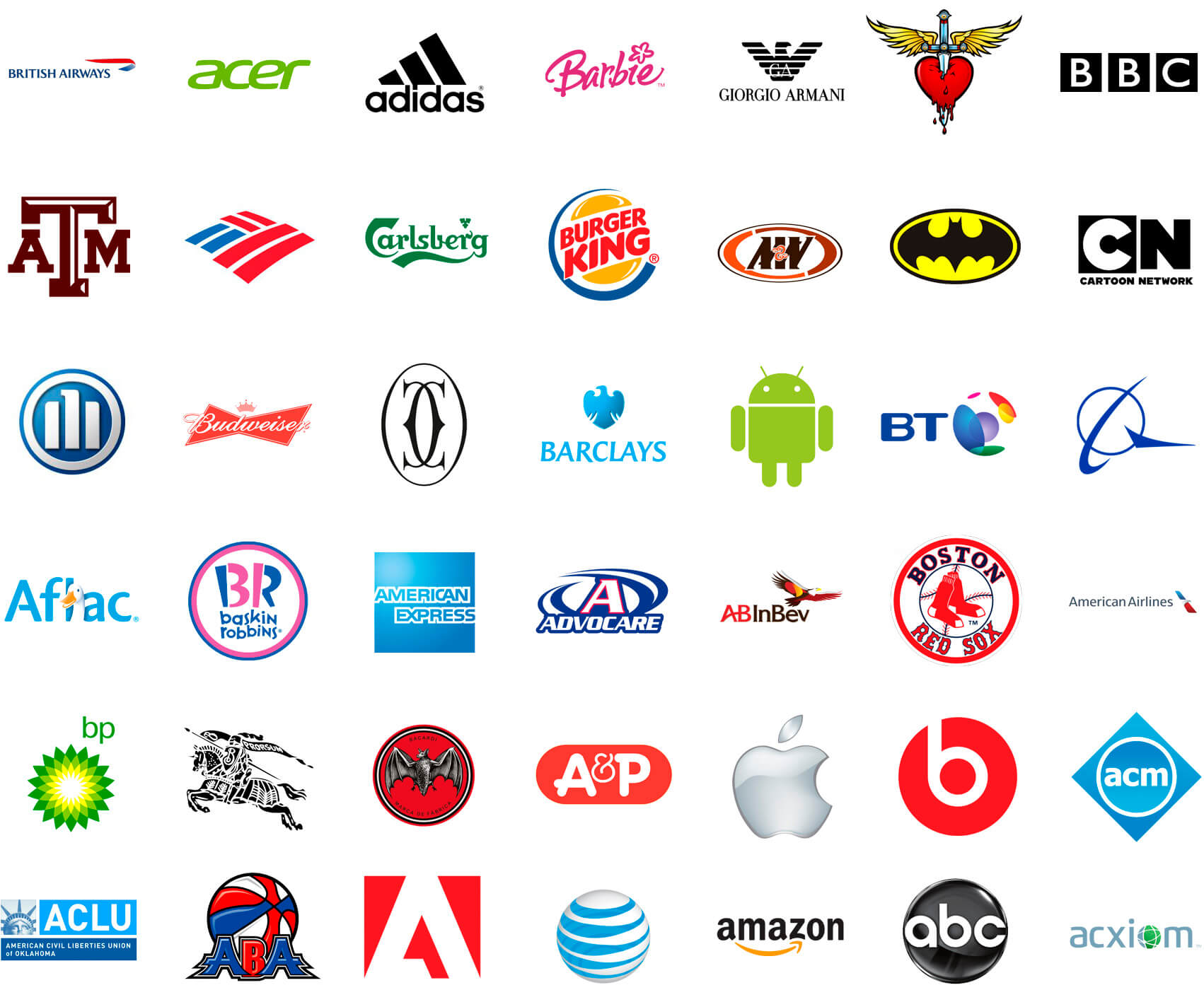Your business begins with a thought. Be that as it may, how would you precisely pass on this plan to the remainder of the world? The principal thing that may ring a bell is to make a logo to address your image.
Your logo is just a single part of the master plan, however: your image’s visual character.
To foster a strong logo that will develop with your business and really addresses your organization, first, you need a visual character.
Recognize the contrast between visual personality and a logo. Not to stress on the off chance that you don’t have a clue, that is the thing that we’re here for!
To begin, we should investigate what visual personality is and the components that make up your visual character. Then, at that point we can go over what a logo is, in addition to some key segments that make up a logo for your image. This will guarantee your logo stays reliable with your image’s picture by seeing how your logo connects to your generally visual character.
Visual Character Versus Logo As opposed to Marking
When beginning your business, you’ll figure for what reason do I require a brand? For what reason do I have to have a visual personality? Most entrepreneurs leap to making a logo and punch out. Having your logo without a visual personality set up and having a visual character without a brand technique resembles taking a mixed up approach.
Without a set arrangement for your image and visual appearance, it makes it hard to have a durable picture for your clients. This generally brings about a client not having the option to distinguish you — making it more hard to make associations and structure faithfulness. It normally additionally requires the logo to be altered once the brand character is immovably settled.
The logo is made utilizing the visual character rules which come from the marking.
Think about the organizations you relate to the most. Usually, you can perceive their advertisements and their social posts without seeing their logo or their name. Nike is an incredible illustration of promotions everybody can follow back to them.
Having your clients have the option to distinguish you as you are a result of incredible brand consistency – which is just conceivable with a strong brand and visual personality set up.
Since, the visual character expands upon the brand esteems and makes them spring up, without a reasonable brand message set up, it gets hard to tell how you need your image to be addressed.
Along these lines, the initial step to your visual character and your logo is guaranteeing you’ve fabricated a brand procedure. From that point you can foster the vibe of your organization to associate to your guiding principle and mission.
Why Visual Character Matters
Marking incorporates the general inclination and center of your business. The brand incorporates the brand’s main goal, values, the manner of speaking, the sentiments you need to be related with the organization, the substance, and the visual character.
The visual character expands upon your marking. The visual personality imparts a brand’s qualities and in general message through anything, indeed, visual — including a brand’s logo. This includes segments like text styles and typography, shading plans and ranges, just as symbolism and stylish.
The visual personality of your business uses visual components to decide how your image inspires sentiments.
Recall however, your visual personality isn’t comprehensive of your marking — it is one segment of it. Like visual character, marking of an association frequently gets attached to the logo.
Key Components of Visual Character
When you put every one of the visual parts together, it would then be able to be joined into your general marking. Here are a few components of what makes up your image’s visual character:
- Logo: An image that adequately addresses your image and establishes a connection.
- Shadings: Different shading plans and ranges change the state of mind and sensation of your image.
- Text styles: Typography and text style styles all through your printed and online substance pass on a general tone and style.
- Pictures: Symbolism and designs embody a specific tasteful that requests to clients of your image.
Genius Tip: Make a mind-set leading group of the multitude of components that appeal to you and your image’s visual character. Pinterest is an extraordinary method to do this carefully.
At the point when every one of the visual pieces are consolidated, ensure they all supplement one another and stay steady with your image. Do they inspire the right sentiments and energy for your organization?
On the off chance that you make the logo prior to building up your visual character, you have no rules or design. It makes it hard to keep your marking strong and steady all through all correspondence channels.
This carries us to our subsequent stage: making a logo to integrate everything.
What Is a Logo?
One of the main things individuals notice when they click on your site or see your promoting material is your logo. A logo goes about as an image comprised of text as well as pictures that assist us with distinguishing brands.
“As a communicator, there could be no more excellent method of doing great things.”
– Michael Evamy (Logo: The Reference Guide)
View the graph underneath, what number of these logos would you say you know about from the start?

Quite a few right? I know I was able to easily recognize most of these within seconds. A strong logo enables your audience to easily identify your business and associate it with what your brand represents.
Key Elements of Logos
Logos act as the face of your brand, so it’s important to consider the main components of a logo:
- Typography: This aspect includes different combinations of font styles and sizes. The typography can include a monogram style single letter, an abbreviation or the full name of your business.
- Imagery: A graphic or image relevant to the brand and accurately represents it. For example, Evernote has an elephant, known for having a great memory. It could also be an abstract design that ties in with your text or stands on its own without text.
- Colour: Logos come in all different colour themes, they can be black and white, monochrome, or multicoloured. Though it is good to have both a colour and b&w option, so your logo is versatile across print and digital. Colour palettes and schemes often include colours of similar hues or colours with opposite hues.
As you see above, not all logos have a symbol and words. Some logos use the full company name, an abbreviation, only a symbol or a combination of both. Figuring out what accurately represents your company is key to logo design.
Determining what accurately represents your company is actually the key to branding, visual identity and logo design!
It can be challenging to differentiate between logos, visual identity and branding since they all feed into one another. Keep in mind this connection when starting your business, though. Your logo is important but should be developed from your visual identity.
We hope you now have a better understanding of these concepts for all your future branding endeavours!
If you wish to discuss how we can develop your brand or provide graphic design for your product or business? Contact us here and we will give you free advice and we should be able to find a service that works for you and your budget.

